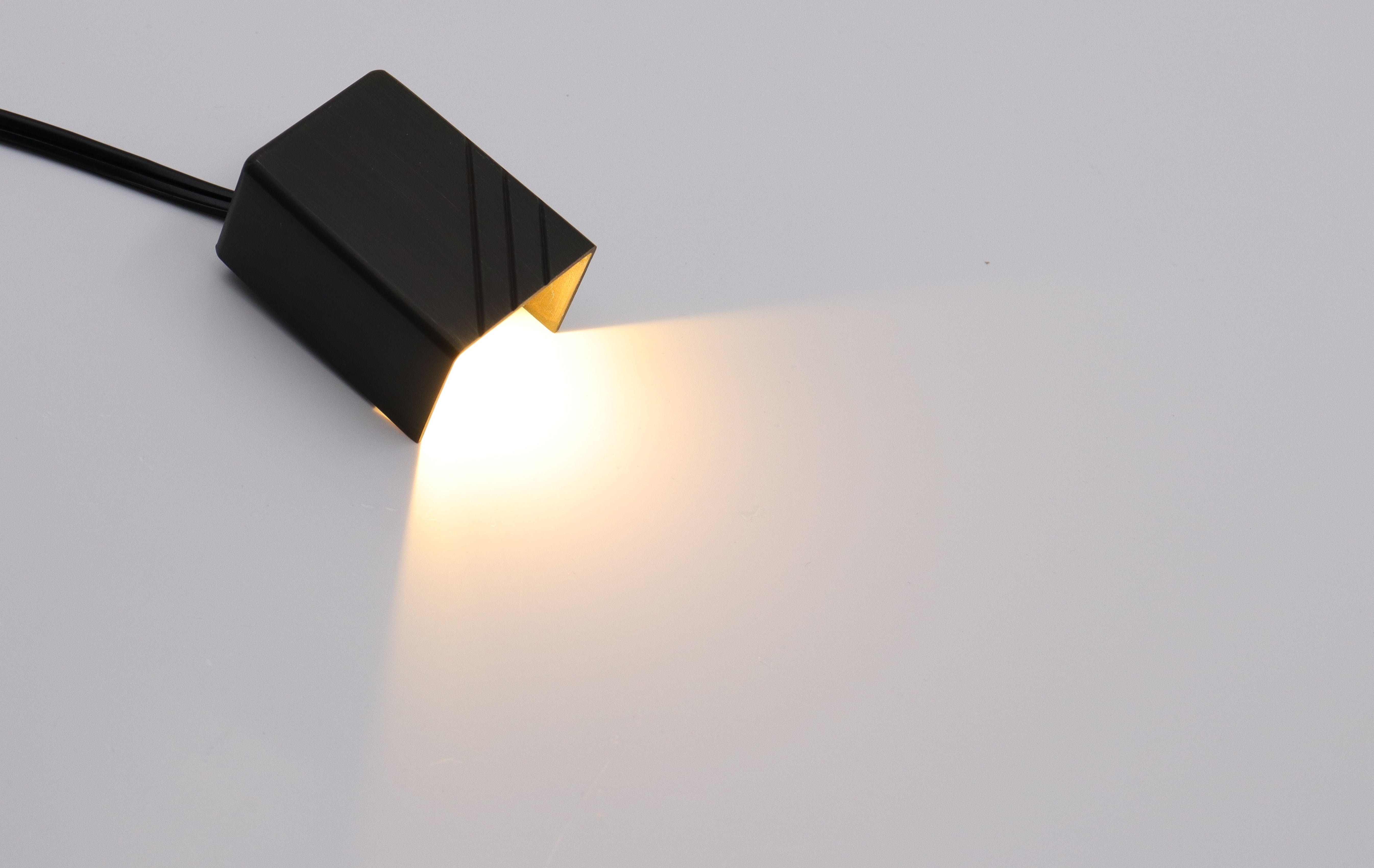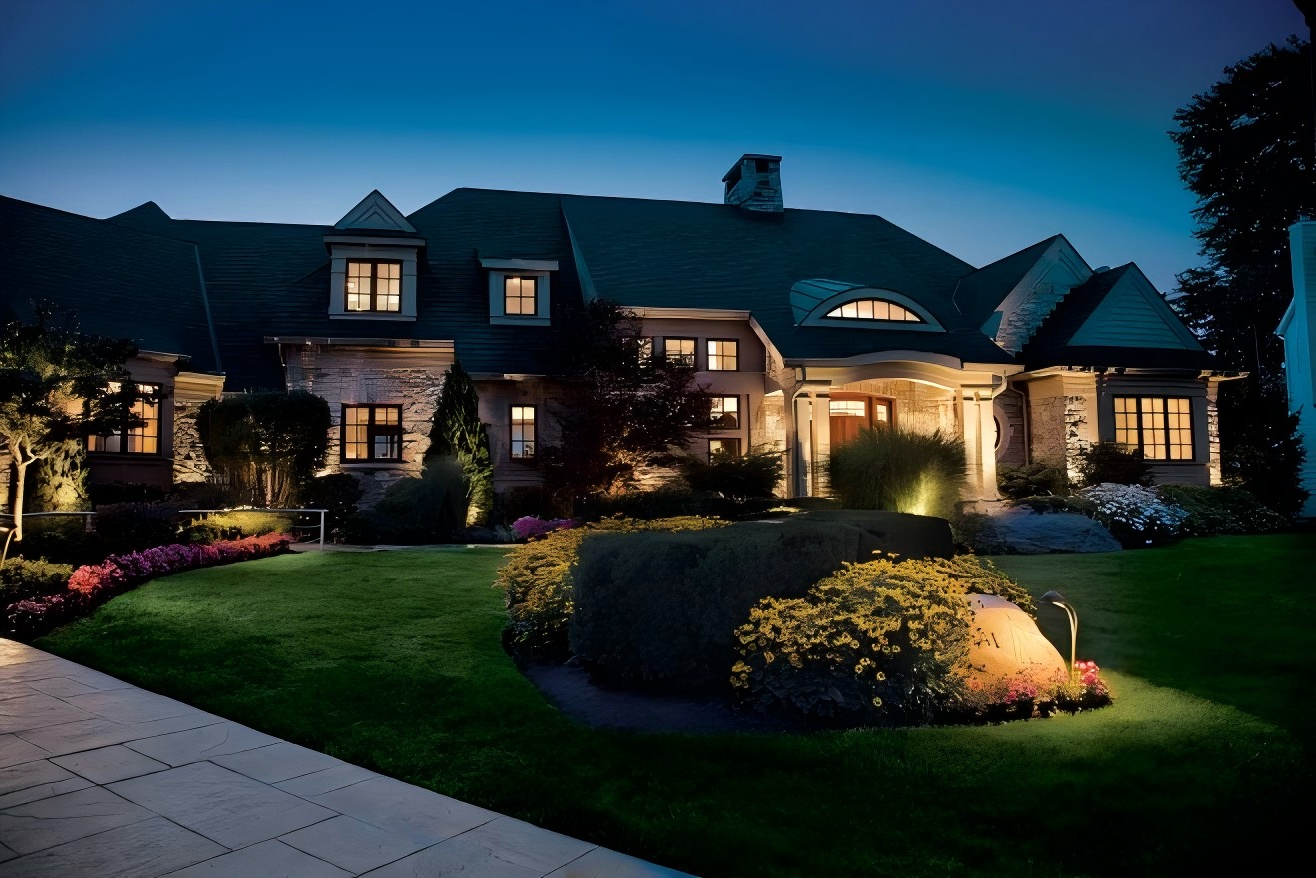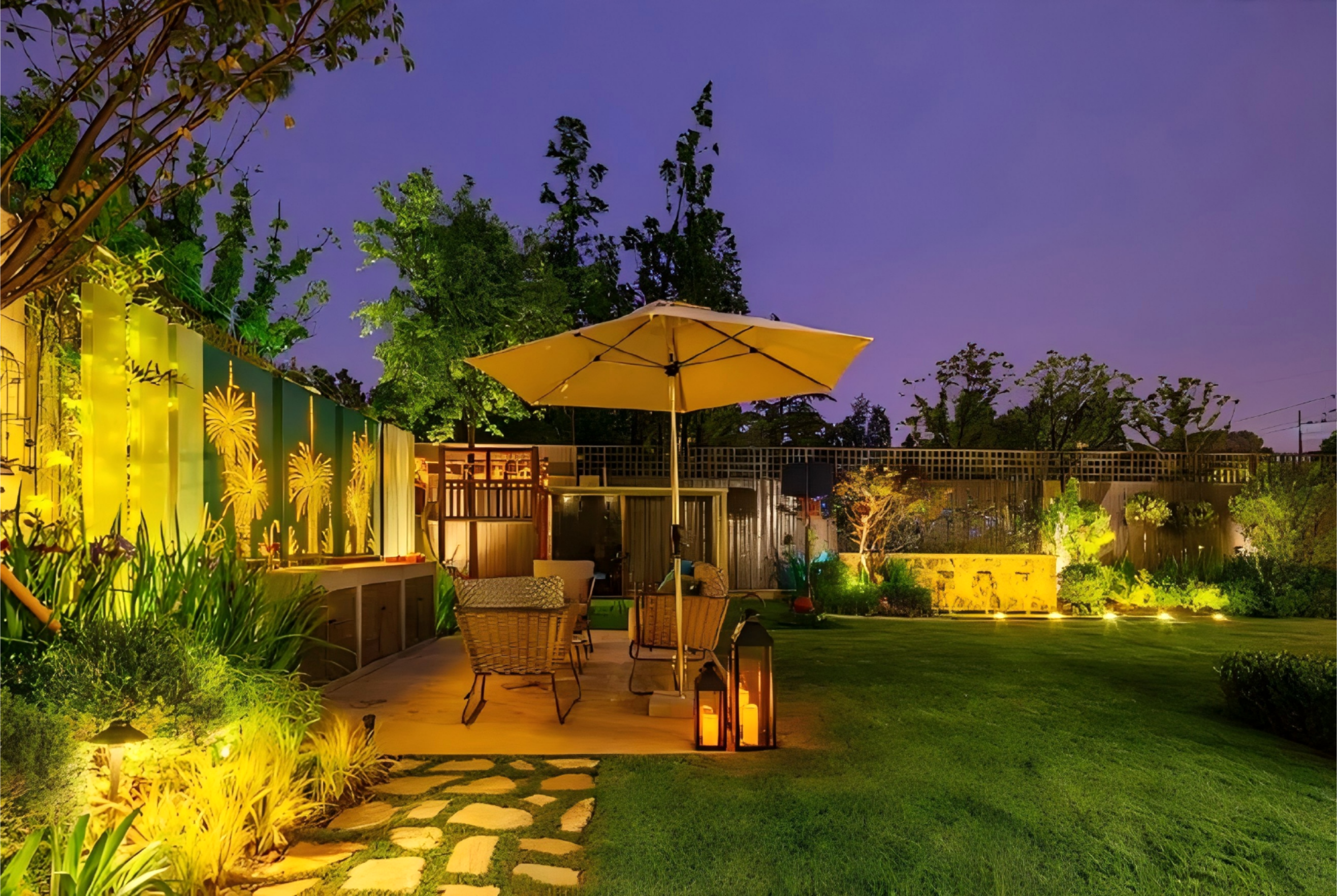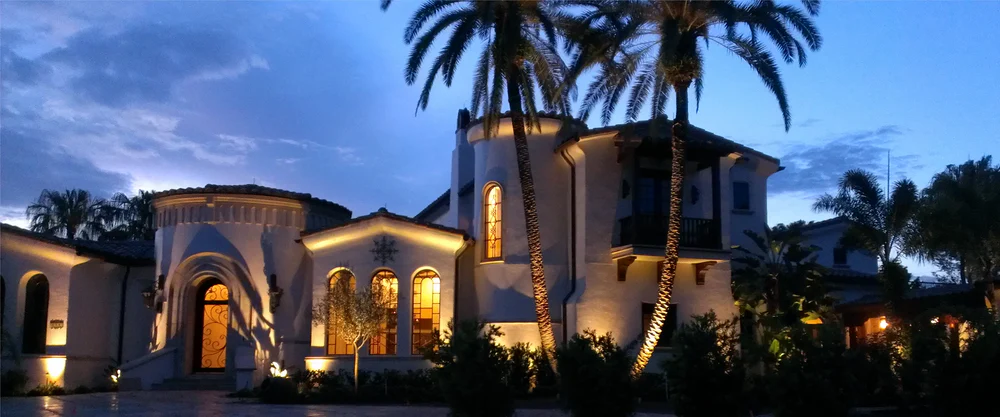Introduction
Outdoor lighting has evolved far beyond its original purpose of providing basic visibility after dark. Today, it is an essential element of home design that enhances safety, boosts curb appeal, and creates welcoming spaces for outdoor living. At the same time, homeowners are increasingly mindful of energy costs and environmental impact. This is where energy-efficient LED outdoor lighting becomes a game-changer.
For many property owners, the challenge is balancing function and aesthetics without overspending on energy bills or frequent maintenance. Traditional incandescent and halogen lights, while once popular, consume more electricity and require frequent replacements. In contrast, energy-efficient LED lights—especially when paired with low-voltage landscape lighting systems—offer superior performance, longevity, and sustainability.
This article explores the top benefits of upgrading to energy-efficient LED outdoor lighting, backed by real data, design insights, and expert recommendations.

1. Significant Energy Savings
The most obvious benefit of LED technology is its efficiency. According to the U.S. Department of Energy, LED lights consume up to 75% less energy than incandescent bulbs and last up to 25 times longer. For outdoor applications, where lights may run for 6–10 hours per night, these savings quickly add up.
Cost Reduction Example: Replacing ten 60-watt incandescent pathway lights with ten 6-watt LED fixtures reduces energy consumption from 600 watts to 60 watts. At an average rate of $0.15 per kWh, this switch saves approximately $295 annually.
Energy savings not only reduce household expenses but also align with growing environmental concerns, making LEDs the responsible choice for long-term sustainability.
2. Enhanced Longevity and Durability
Outdoor fixtures are constantly exposed to rain, heat, wind, and debris. Traditional bulbs often fail under these conditions, leading to repeated replacements. LEDs, however, are built for resilience.
Average Lifespan: LEDs last 25,000–50,000 hours, compared to just 1,000 hours for incandescent and around 2,000 for halogen.
Practical Impact: A homeowner using LED pathway lights for 8 hours each night can expect them to last more than 8 years before replacement is necessary.
Furthermore, high-quality brass or stainless-steel fixtures combined with LED technology withstand corrosion and temperature fluctuations. This ensures consistent brightness and color temperature for many seasons, making them ideal for landscape lighting applications.
3. Safety Through Low-Voltage Outdoor Lighting
Safety is a key concern when designing outdoor lighting systems. Low-voltage lighting—typically operating at 12V instead of the household standard of 120V—offers significant advantages:
- Reduced Risk: Lower voltage means reduced risk of electrical shock, making it safer for families, pets, and contractors during installation and maintenance.
- Energy Efficiency: Low-voltage systems optimize LED performance, delivering sufficient brightness while minimizing wasted energy.
- Design Flexibility: Transformers and wiring can be configured to power multiple fixtures across large landscapes, ensuring uniform illumination without overloading circuits.
The combination of low-voltage systems with energy-efficient LEDs maximizes both safety and cost-effectiveness, a primary reason professional designers recommend them for residential outdoor lighting projects.
4. Improved Aesthetic Appeal and Ambiance
Landscape lighting is not just functional—it transforms outdoor spaces into inviting retreats. The color temperature, brightness, and placement of LEDs allow homeowners to create customized effects.
- Warm White (2700K–3000K): Perfect for creating a cozy, welcoming environment along pathways, patios, and entryways.
- Neutral White (3000K–4000K): Provides clarity and enhances visibility for steps, driveways, and garden areas.
- High CRI (Color Rendering Index): LEDs with CRI ratings above 80 accurately render colors, ensuring that greenery, flowers, and architectural details look vibrant and natural at night.
According to the American Society of Landscape Architects (ASLA), outdoor lighting is consistently ranked among the top requested features in residential landscape design. Homeowners are increasingly using LED systems to extend their outdoor living hours while highlighting the unique features of their property.

5. Eco-Friendly and Sustainable Choice
Sustainability is no longer a trend; it is an expectation. LED lights significantly reduce carbon footprint compared to traditional lighting technologies.
- Lower Carbon Emissions: Replacing a single 60-watt bulb with a 6-watt LED prevents approximately 450 pounds of CO₂ emissions annually.
- No Hazardous Materials: Unlike compact fluorescent lights (CFLs), LEDs do not contain mercury or other harmful chemicals.
- Reduced Light Pollution: Modern LED fixtures are designed with shields, lenses, and precise beam angles to minimize upward light spill, preserving the natural night sky.
For eco-conscious homeowners, energy-efficient LEDs align with both personal values and environmental responsibility.
6. Increased Property Value and Market Appeal
Well-planned outdoor lighting not only enhances daily living but also adds measurable value to a property. Real estate professionals often note that homes with professional-grade landscape lighting sell faster and command higher prices.
- Curb Appeal: Illuminated walkways, entryways, and architectural details make a home more attractive to potential buyers.
- Perception of Safety: A well-lit exterior deters intruders and increases the sense of security for residents and visitors.
- ROI (Return on Investment): According to real estate surveys, homeowners can recoup up to 50% of their investment in outdoor lighting during resale.
By choosing durable, energy-efficient LED systems, homeowners ensure that this investment continues to deliver value for years to come.
7. Reduced Maintenance and Lower Total Cost of Ownership
Another overlooked advantage of LEDs is the reduced maintenance requirement. Traditional bulbs need frequent replacement, driving up long-term costs. LEDs, by contrast, require minimal upkeep:
- Fewer Replacements: With a lifespan of up to 50,000 hours, LEDs drastically reduce the frequency of bulb changes.
- Stable Performance: Unlike incandescent bulbs that dim over time, LEDs maintain consistent brightness until the end of their life cycle.
- Weather Resistance: Many LED fixtures are IP65 or higher rated, meaning they resist dust and heavy rain, minimizing service calls.
Over a decade, the total cost of ownership—including energy, replacement bulbs, and maintenance—is significantly lower for LED systems compared to outdated technologies.
Case Example: Residential Upgrade to LED Outdoor Lighting
Consider a homeowner with a large backyard and 20 halogen pathway and accent lights, each consuming 35 watts.
Old System: 20 × 35W = 700W total consumption. Running 8 hours per night = 5.6 kWh daily, or 2,044 kWh annually (~$307/year at $0.15/kWh).
New System with LEDs: 20 × 6W = 120W total. Running 8 hours per night = 0.96 kWh daily, or 351 kWh annually (~$53/year).
Annual Savings: ~$254. Over 10 years, factoring in reduced replacements and maintenance, total savings exceed $3,000.
This simple upgrade not only improves the aesthetic of the property but also delivers long-term financial and environmental benefits.

Expert Recommendations
Industry experts stress that the most successful outdoor lighting systems balance efficiency, safety, and design.
- The Illuminating Engineering Society (IES) recommends pathway lighting levels between 2–5 lux for safety and comfort. LEDs can achieve this with low wattage and precise optics.
- Lighting designers caution against over-lighting, which can cause glare and diminish ambiance. Instead, layering pathway, accent, and uplighting creates depth and drama.
- For optimal performance, professionals advise pairing LED fixtures with high-quality low-voltage transformers, ensuring consistent voltage and extending fixture lifespan.
Conclusion
Energy-efficient LED outdoor lighting is no longer optional—it is the new standard for modern homeowners. From substantial energy savings and reduced maintenance to enhanced ambiance, improved safety, and increased property value, the benefits are undeniable. When combined with low-voltage systems and durable materials, LEDs provide unmatched reliability and long-term performance.
As more homeowners seek to create inviting outdoor spaces while lowering costs and environmental impact, LED landscape lighting proves to be the ultimate solution. By investing in professional-quality systems today, you secure a brighter, safer, and more sustainable future for your home.






Leave a comment
All comments are moderated before being published.
This site is protected by hCaptcha and the hCaptcha Privacy Policy and Terms of Service apply.